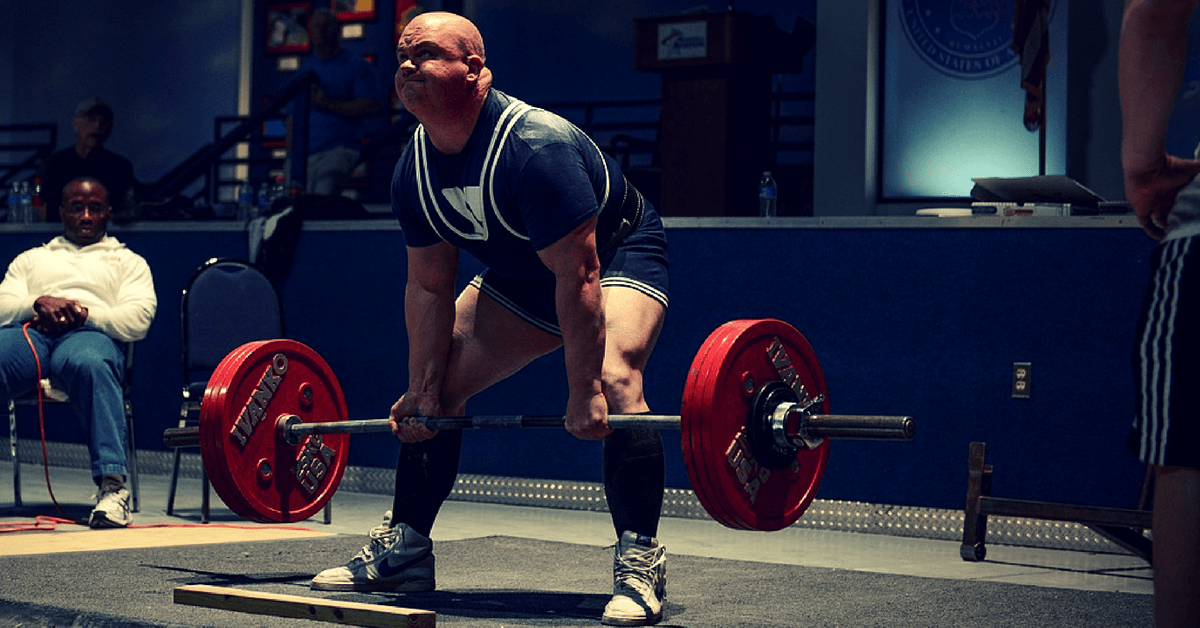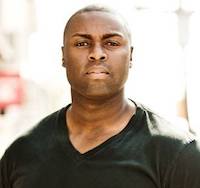If there’s one lift every client should focus on getting strong at, it’s the deadlift--even beyond the squat or press. But deadlifts are really funny. They require one of the fewest number of steps to complete (just pick up the bar, right?). And yet, the deadlift continues to be one of the most poorly coached and often butchered exercises in the gym.
Stop the madness. It's time we all head back to the drawing board to review the exercise’s technical aspects and proper form, but not for the lifters themselves--for the coaches like us who cue and train. After all, when a client wants to deadlift, you and your cues are where it all begins. Make sure you’re not messing those up.
Before we get started, let’s all make sure we’re on the same page here: When you attempt to teach your client to deadlift, you agree that he or she is completely on board with attempting full-on, regular deadlifts and that there are no hard and fast circumstances (like an injury or medical risk) that bar him or her from doing them. Assess your client, looking for proper spine health, good hip mobility, and kinesthetic awareness for hinge patterning, to help you determine the safety of a deadlift.
Developing a safe deadlift for the client.
The most important cue for a safe deadlift is establishing the correct spine position. When instructing your client, there are two important areas of concern:
Problem 1. The client overarches the back.
An arched spine discourages the glutes from effectively firing. The glutes are a major driving force to a solid, technically sound pull. On top of this, an overarched low back can pull the hamstrings into an overly long and tight position and limit the range of motion a lifter can achieve.
What may appear to be poor mobility and lack of flexibility can actually be an unfavorable low back position. In this case, think of encouraging a neutral spine, which is significantly different from just having mobility issues.
In a neutral spine, the low back should look more flat, not arched, with the ribcage elevated and shoulders pulled back. Looking for these and cueing accordingly (think to cue “high chest” before “arched back”, for example) can help a trainee find the right starting position.
Furthermore, you can use accessory movements that help engage the trunk muscles and emphasize a neutral low spine position during the entire set. For instance, the deadbug exercise (see video below) and its variations can be instrumental in helping to attain the proper pulling position.
Sure, you can sometimes recommend other compound big lifts like overhead presses, but even the overhead press requires the same prerequisites--a hollow trunk, neutral spine, and engaged glutes and abs--as the deadlift. In essence, a compound movement can be helpful, but there’s usually too much going on for you to help a lifter effectively fix weak links.
Problem 2. The client has unfavorable head and neck position.
For some reason, head posture is often left hanging out to dry when doing most compound movements, but it’s especially heinous during deadlifts. As with the rest of the spine, enforce a neutral position by using the cue “chin down.” It’s so simple and has given me the best success in helping clients understand their head positioning.
I used to use the “packed neck” cue, but I’ve found it to confuse a lifters’ emphasis of force and promote imbalance, especially if the lifter is a beginner.
For better kinesthetic awareness, I like using any opportunity I can to have lifters deadlift without the assistance of a mirror. I generally have no problem with people using mirrors for a visual cue in other exercises, but the deadlift is an exception. The reason is that this encourages them to keep focused on the ground during the beginning phases, rather than looking straight ahead at themselves the entire time.
3 exercises to help your client groove the range of motion
Simply put, we’ve all somehow been confined to thinking that there’s only one way to deadlift--with a barbell on the floor. What’s worse is that some coaches think deadlifting isn’t really deadlifting if people aren’t using an exact setup on the floor.
In truth, there’s absolutely no shame in setting the bar on risers that may be a few inches higher than floor level. This is ideal for beginners who may display mobility restrictions at first. This way they can pull until they gain the range of motion that would enable them to increase their pulling space.
Exercises that create a proper “loaded stretch” to the muscles can also benefit your client, especially if your client has a good handle on proper spine control and strength. Try these exercises:
Pull-throughs
Goblet squats
Dumbbell Romanian deadlifts
Note that I use the barbell in the below video.
The benefit to all three of these exercises is that they can be done with lighter loads. In fact, lighter would be ideal. The load is important because it would pose a smaller risk to the spine, while allowing the body to “reach” a little extra for added range of motion. At the same time, it still creates just the right amount of pressure to push him into deeper positions.
All in all, it’s the perfect environment for someone to find more range of motion that they otherwise shouldn’t risk when trying to move hundreds of pounds. Think of a 405-pound squatter doing a squat with the empty bar. He won’t get hurt if he moves around, slightly rounds, or shifts at the bottom of his reps during that light set to groove some more range of motion.
Take advantage of these movements to allow the appropriate clients’ joints to enter deeper angles with partial load. Remember to keep these exercises light.
What about anthropometry?
There’s a rule that dictates the deadlift for me and my clients: When setting up, the bar should be under the shoulder blades; not in front of them.
This rule stays constant regardless of whom I work with, but the deadlift setup can change depending on the variations in their body structure. As a 6-foot-4 lifter with very long legs and a shorter torso, the setup geometry and position that would result in the most power and my strongest, most supported pull are not simply a matter of keeping my shoulder blades above the bar.
To keep my shins vertical and the bar in the correct position, my hips have to sit higher, meaning I’d have a slightly more parallel torso position when compared to a lifter with, say, a long torso, short legs, and longer arms. The other lifter would end up in a much taller position that looks a bit closer to a squat. Just take a look:
Always remember to consider your client’s anthropometry when coaching the deadlift, especially clients with longer legs and shorter torsos, or vice versa. If you intend to attack such geometric variations, try switching between the trap bar (good for long legs), deficit conventional deadlift (good for long arms and torsos), and medium sumo deadlift (good for all of the above). These three will exercise a range of back positions from severely parallel to much more upright “squat” style.
Deadlifts are the most important lift in the gym.
I’ve said this before and I’ll say it again: Deadlifts are an important lift for clients. As you probably already know, it targets the entire posterior chain, putting the neglected side of most people’s bodies to work. Plus, this compound vertical pull has positive benefits on hormones, strength, and conditioning. As long as your clients are cleared to do them based on your assessments, they should be deadlifting.
And for crying out loud, you’d better be doing them too.











